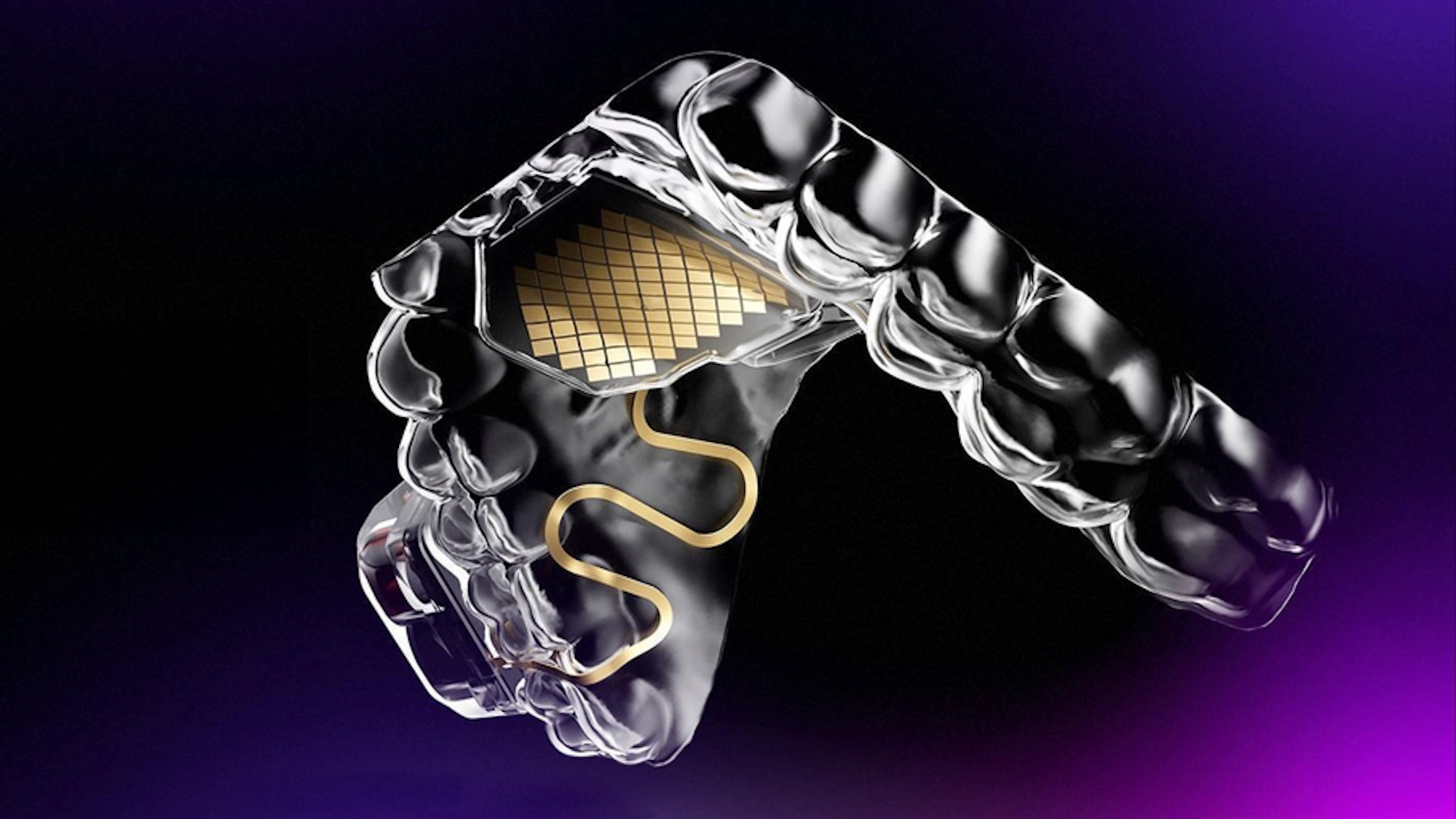
Brain-computer interfaces (BCIs) advancements have grabbed headlines in recent months but there’s another, far more accessible body part that can help people with physical disabilities navigate computers—the tongue. One MIT graduate’s company is now offering MouthPad, a device described as “a teeth retainer with a bunch of sensors” that allows users to control a computer cursor just by using simple movements within their mouth.
According to a recent MIT News profile, Tomás Vega, CEO and co-founder of a company called Augmental, has had a lifelong interest in adapting technology to aid human capabilities after first developing a stutter at five-years-old. Following an internship with Neuralink, Vega began to wonder if he could design a similar device but without the expensive, intricate, and potential “limitations” that come with BCIs.
[Related: 85% of Neuralink implant wires are already detached, says patient.]
“A brain implant has the highest potential for helping people in the future, but I saw a number of limitations that pushed me from working on it right now,” Vega said in a recent profile. After some more consideration, he realized there may be a novel workaround to complex surgical implants.
“We have a big chunk of the brain that is devoted to controlling the position of the tongue,” said Vega. “The tongue comprises eight muscles, and most of the muscle fibers are slow-twitch, which means they don’t fatigue as quickly. So, I thought, ‘Why don’t we leverage all of that?’”
Vega’s and Augmental’s result is MouthPad, a highly sensitive, 3D-printed microfabricated retainer that uses dental-grade materials and electronics to ostensibly create a computer mouse for your mouth. Using your tongue as the controller, a user can scroll in all directions, right-click by making a sipping motion, and left-click by applying pressure to their palate. Because of its high degree of customization, MouthPad can also be adapted for users with less physical control of the muscle, such as biting, clenching, and other movements alongside neck- and head-tracking.
“Our hope is to create an interface that is multimodal, so you can choose what works for you,” said Vega. “We want to be accommodating to every condition.”
Moving forward, Vega and Augmental are seeking FDA approval to expand on MouthPad’s capabilities to encompass robotic arm and wheelchair control. With clearance from the FDA, MouthPad will also become reimbursable for many people’s medical insurance policies to widen the number of potential users. Future iterations could also integrate more physicality like whispers and small internal speech organ movements—a major step forward for patients with difficulty speaking due to issues such as impaired lung function.
UPDATE 06/14/202410:35AM: This article has been updated to better describe the MouthPad device.